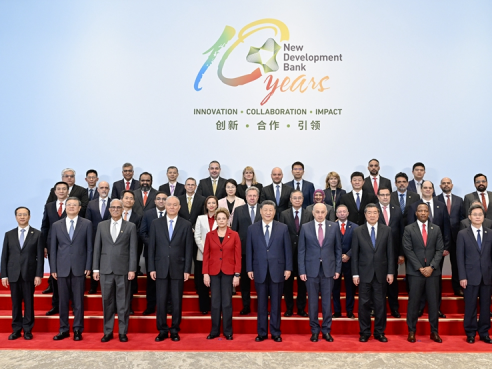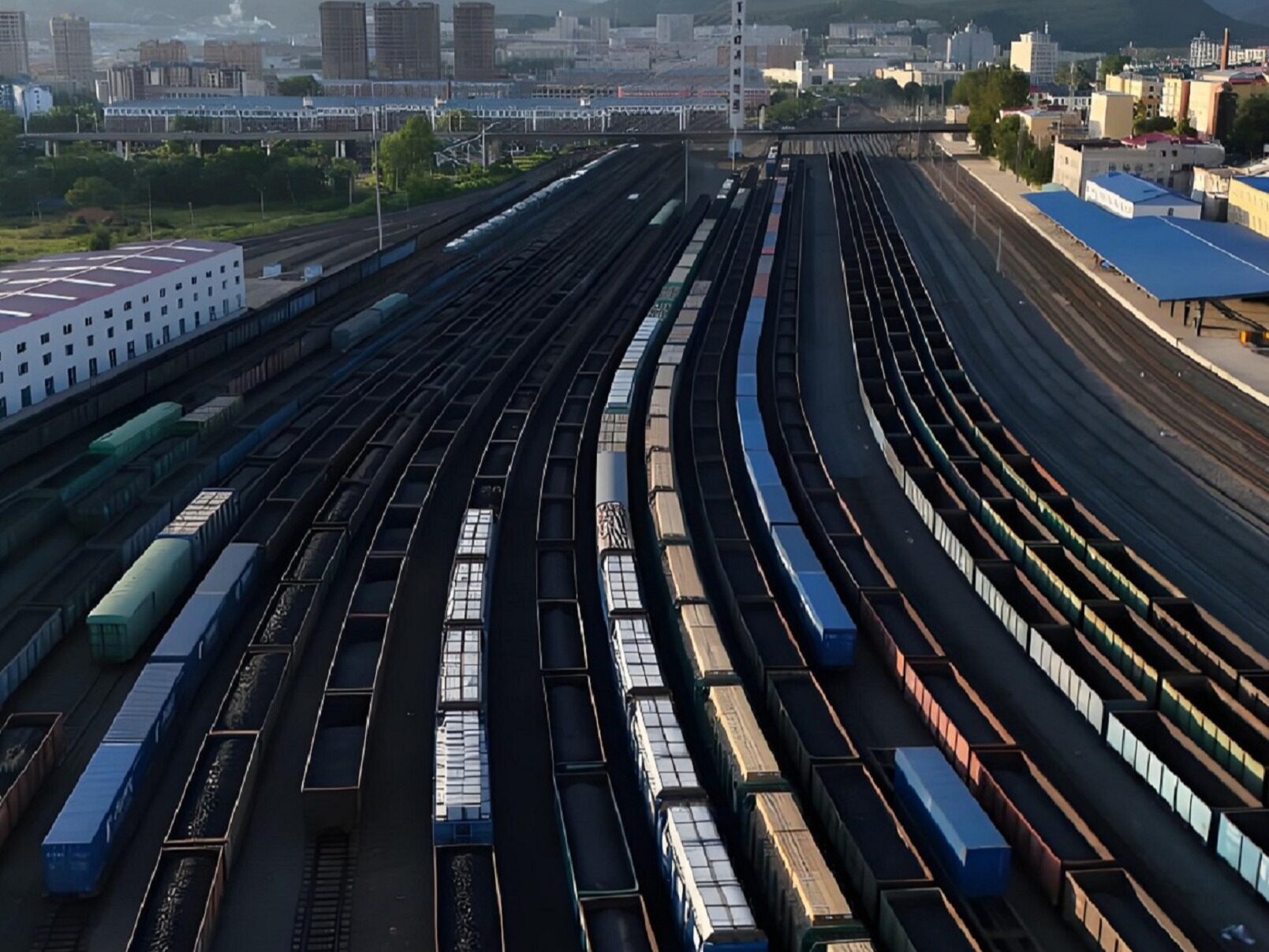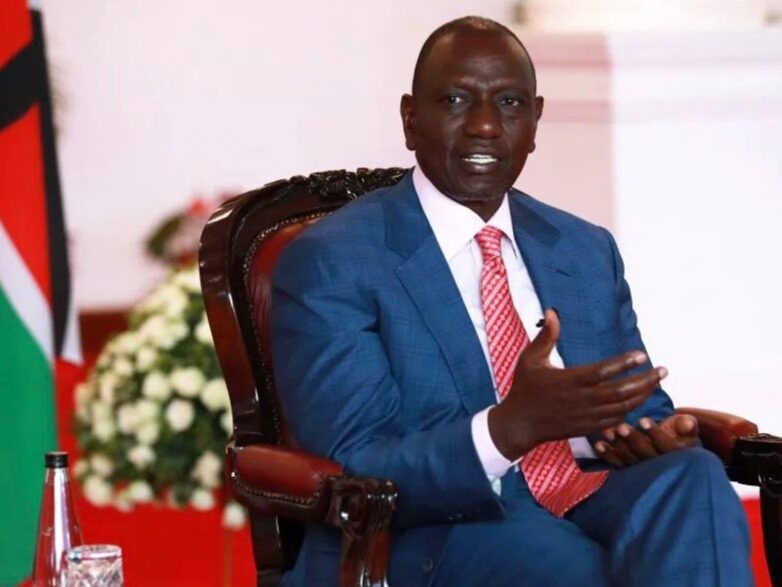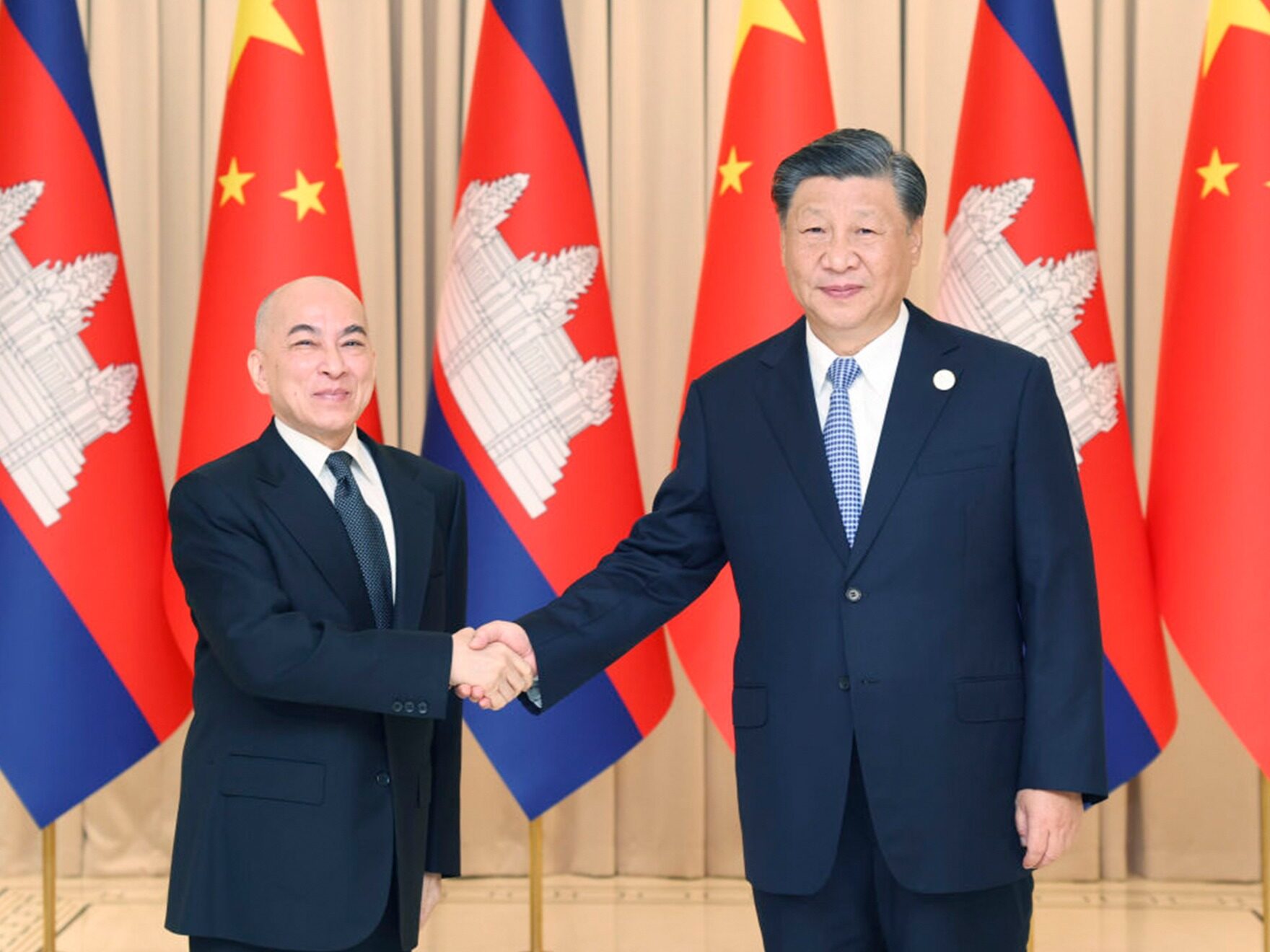- These renewable energy sources of electricity will be transmitted through 600 miles of submarine cables under the Mediterranean Sea
- The expected installed capacity of these renewable energy power generation facilities in operation is approximately 10GW, equivalent to the power generation capacity of 10 power stations in the UK

Renewable energy developers in Europe and Egypt are implementing a plan to power British households with photovoltaic systems operating in the Egyptian desert, in order to strengthen energy security in the Net Zero world. This proposal includes laying an underwater cable connecting Egypt and Europe in the Mediterranean, exporting electricity from North African photovoltaic power plants and wind turbines to the UK and Europe.

The plan aims to address energy shortages in the UK caused by insufficient wind or sunlight, and to supplement electricity from North Sea wind farms and onshore photovoltaic power plants. The details of the plan will be announced at the upcoming London Energy Summit.
Carlos Diaz, head of renewable energy and energy at energy analysis firm Rystad, emphasized the increasing importance of North Africa as a source of electricity for Europe. It is expected that in the next three years, the demand for low-carbon electricity in Europe will significantly increase, thus requiring alternative energy sources.
The plan includes multiple large photovoltaic power plants operating in the Egyptian desert and wind farms near the Suez Canal, a region known for sustained strong winds. The expected installed capacity of these renewable energy power generation facilities in operation is approximately 10GW, equivalent to the power generation capacity of 10 power stations in the UK. These renewable energy sources of electricity will be transmitted through a 600 mile long submarine cable under the Mediterranean Sea, ultimately landing in Attica, Greece.
About one-third of the electricity will be supplied to Greece, while the rest will be exported to other countries in Europe. A well-developed power grid network in Europe will help deliver electricity to Northern Europe and the UK.

This £ 3.7 billion plan is a collaboration between Greek energy developer Kopelozos Group and Egyptian photovoltaic developer Infinity. Infinity Corporation is a developer specializing in the construction of photovoltaic power stations in the desert. This plan is implemented in conjunction with another plan, which involves laying four cables directly between Morocco and the UK, with a total length of approximately 2400 miles. The second plan is implemented by Xilinx Company, which will transport the electricity from the photovoltaic power plant from the Maghreb in Morocco to the south coast of Devon, UK.
These submarine cables can connect the UK's power grid to neighboring countries such as France, Belgium, Norway, and the Netherlands, and more submarine cables are being laid. They play a crucial role in maintaining the UK's energy supply, especially when the UK plans to develop more renewable energy.
Between January and June 2023, the UK imported nearly £ 2 billion of electricity through the grid, with an export value of £ 322 million, which helps to compensate for the UK's insufficient long-term investment in energy facilities.
A spokesperson for National Grid, a British power grid operator, emphasized the importance of grid interconnection in ensuring safe and reliable energy transformation, allowing renewable energy electricity to be transported from power sources to high demand areas, especially in a situation where the energy landscape is increasingly reliant on renewable energy.Editor/XingWentao
Comment
 Praise
Praise
 Collect
Collect
 Comment
Comment
 Search
Search














Write something~